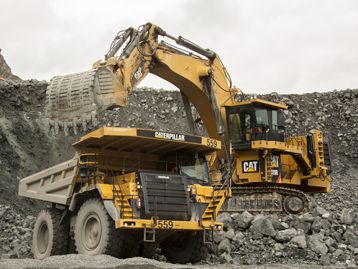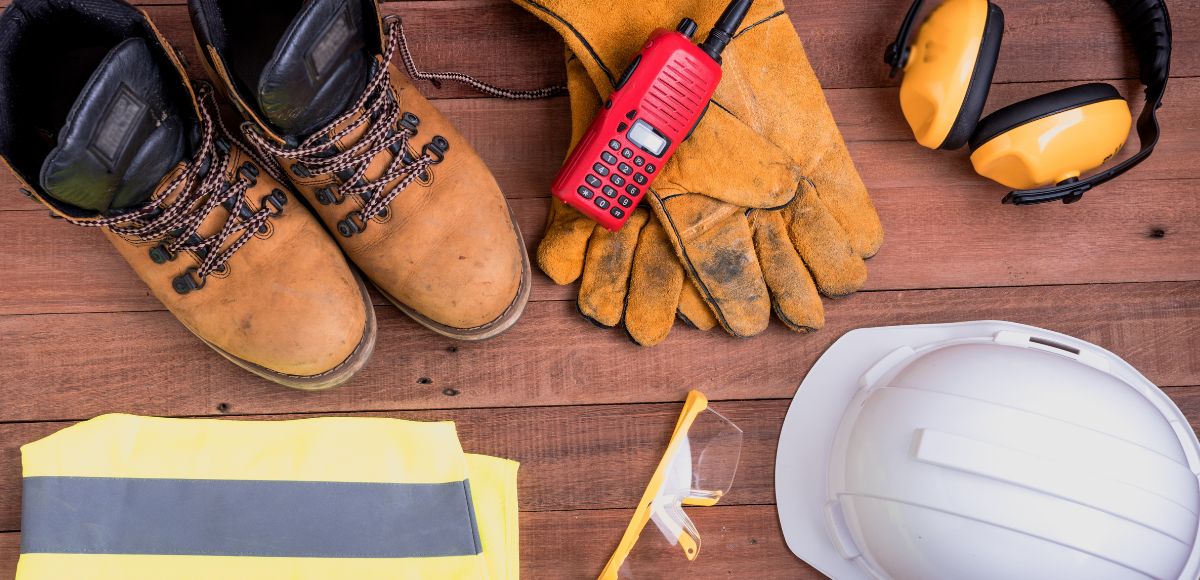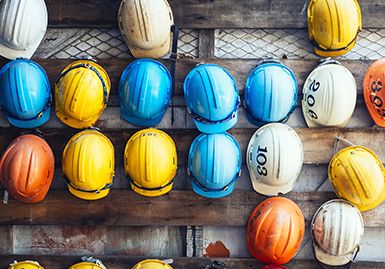Whether you finance, rent or own heavy equipment, keeping it in good working order is vital to the success of your business. That means prioritizing preventative maintenance to reduce downtime, building relationships with local technicians who have the necessary skill and experience, and understanding how to combat normal wear and tear of your equipment. Implementing an effective maintenance plan can help you get more out of your Cat® equipment.
Let's dive deeper into wear and tear to see how it impacts equipment, the special considerations that those leasing or financing equipment must make in respect to it, and how to address it when it happens.
Wear and tear can lead to serious problems. A few key defining elements of wear and tear are:
In contrast to wear and tear, damage generally occurs suddenly, can be catastrophic and is often a result of pushing equipment too hard or other mistakes and miscalculations that can happen on a jobsite.
It's also important to note that the speed with which wear and tear occurs can be influenced by outside factors like weather, application, and storage conditions. Not to mention extreme heat and humidity of summer combined with the coldest days of winter can place additional stress on equipment throughout the year.
In general, businesses that finance heavy equipment are responsible for keeping it in good working order. Returning it to the dealer in less than satisfactory condition can lead to all sorts of complications. The same is true for rental units, where damaging the property can lead to funds deducted from the security deposit or additional fees. Keeping your equipment safe from the prolonged effects of wear and tear is therefore vital in all situations.
Effectively managing wear and tear involves a mix of taking on maintenance tasks yourself and bringing in a trained technician when necessary. Some preventative maintenance tasks are simple and well within the skill set of nearly all business leaders and employees. You should conduct regular inspections of your heavy equipment, change fluids and make basic replacements of hoses, belts and other components you're comfortable handling yourself. A more in-depth, less-frequent inspection can also help identify small issues before they become more major. Determine where your own talents for and confidence in wear-and-tear repairs sits, then work with a local technician for more complicated repairs.
One of the biggest considerations for businesses when it comes to more significant repairs is the financial aspect. Regular inspections and preventative maintenance both help keep costs low, but many companies will occasionally run into the need for a more expensive repair. In combination with a proactive attitude about addressing wear and tear, an Equipment Protection Plan allows your organization to manage financial risk and receive support from highly qualified service technicians.
One other area to consider in terms of proactive solutions is Physical Damage Insurance. Frequently used to address theft, vandalism and similar covered perils, this type of protection allows your business to have confidence in a strong backup plan should an unpredictable emergency occur. Commercial General Liability Insurance, in a related way, offers protection for your business as a whole. While not directly applicable to wear and tear, Commercial General Liability Insurance helps protect your company from big-picture considerations like property damage and medical payments.
To learn more about\ financing equipment and effective options for protecting it against the results of wear and tear, get in touch or contact your dealer today! And to learn more about important operational considerations, check out our Business Insights resource center.
Find in-depth articles to answer your questions about construction equipment financing, and expert tips to help you navigate today's economy as a successful business.
Learn the best practices for keeping your mining equipment in good working condition.
Get the GuideHow you prepare for a natural disaster can mean the difference between being in as good of a position as possible to resume operations.
How to PrepareSafety should be the number one concern for construction companies of any size. It is your responsibility to keep employees, onsite contractors, and visitors safe at all times regardless of the project or location of the job site.
Safety StrategiesA strong, consistent, and proactive safety culture can go a long way toward preventing accidents among employees and reducing the negative outcomes that arise from on-the-job injuries.
Safety Tips


